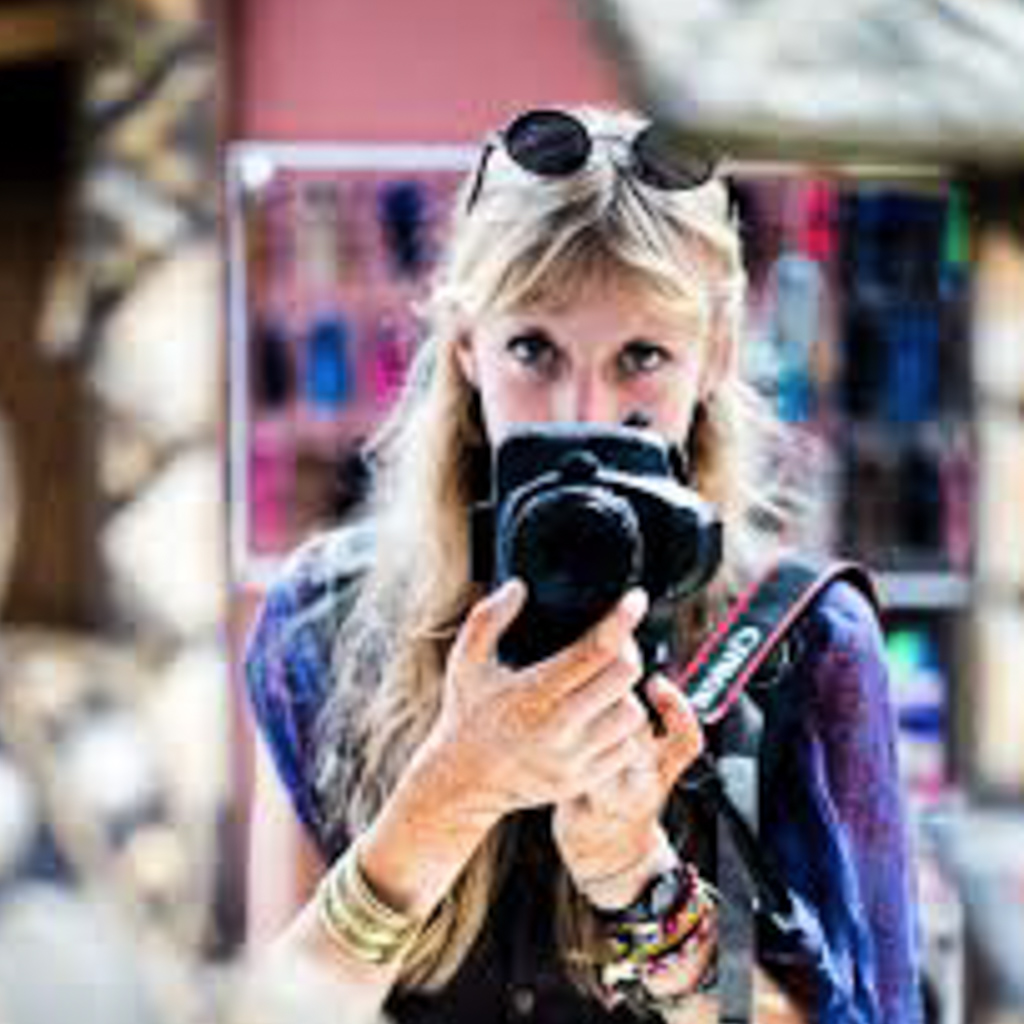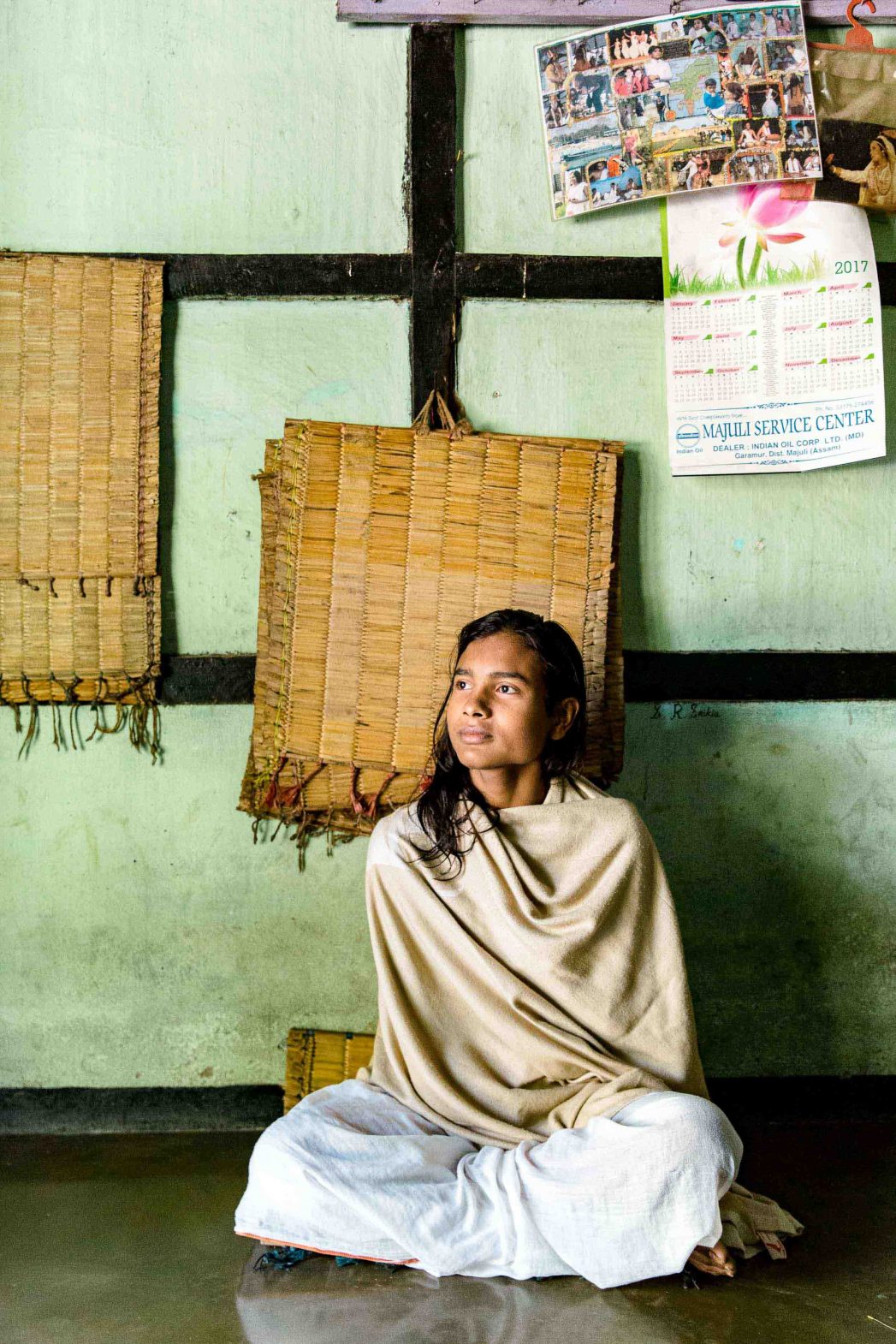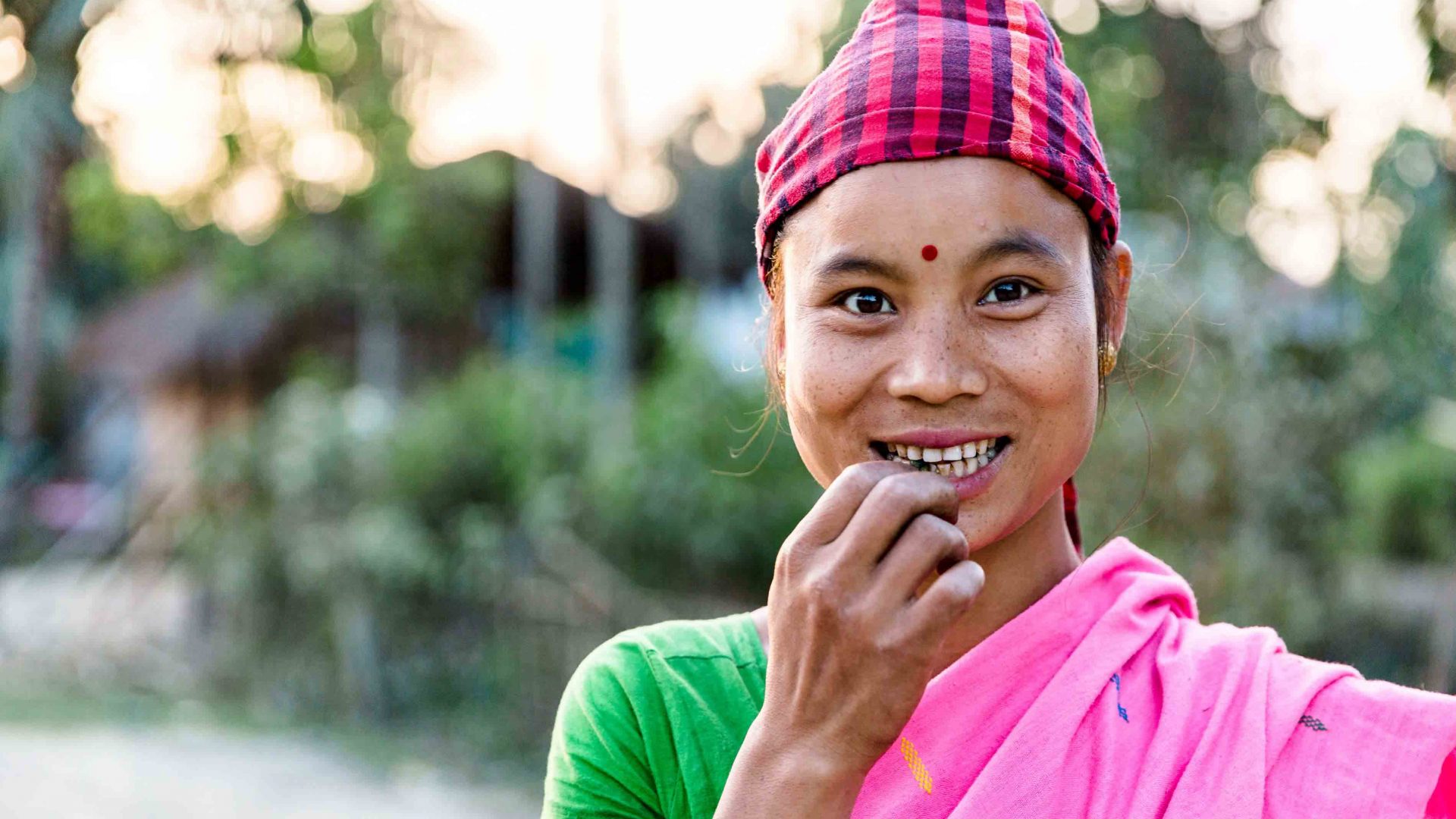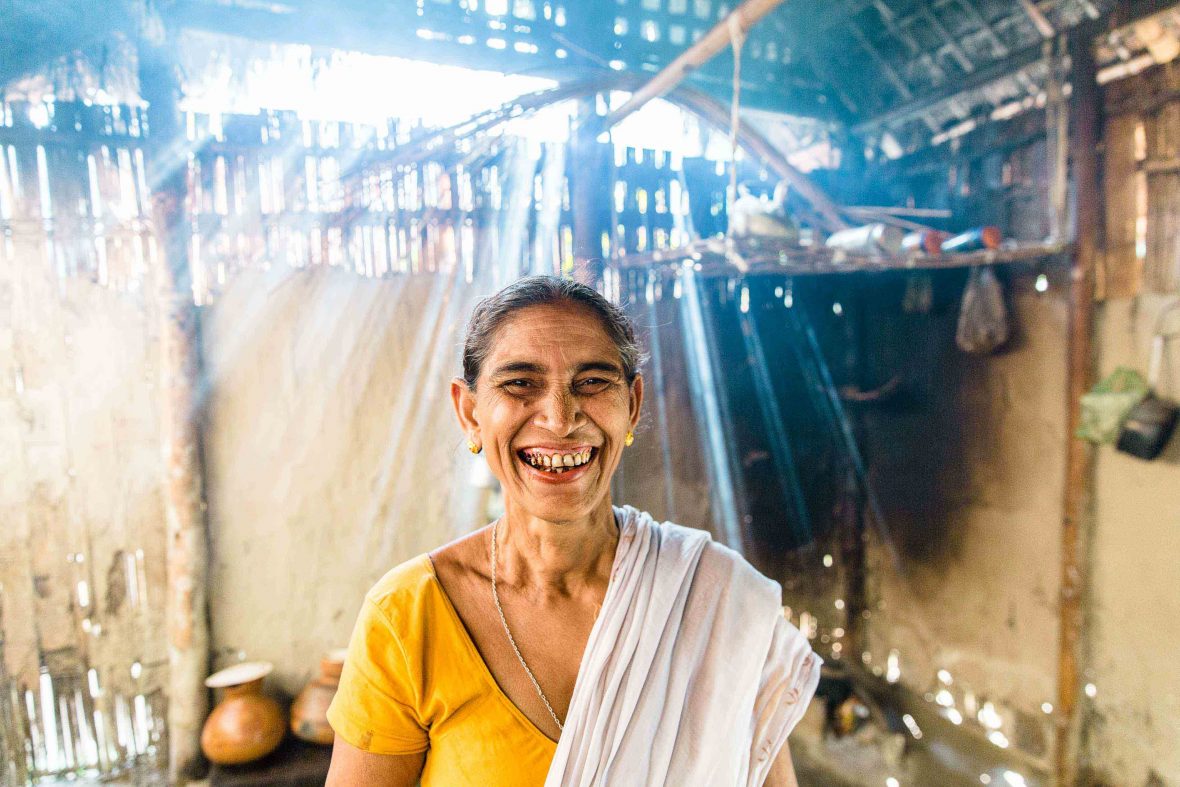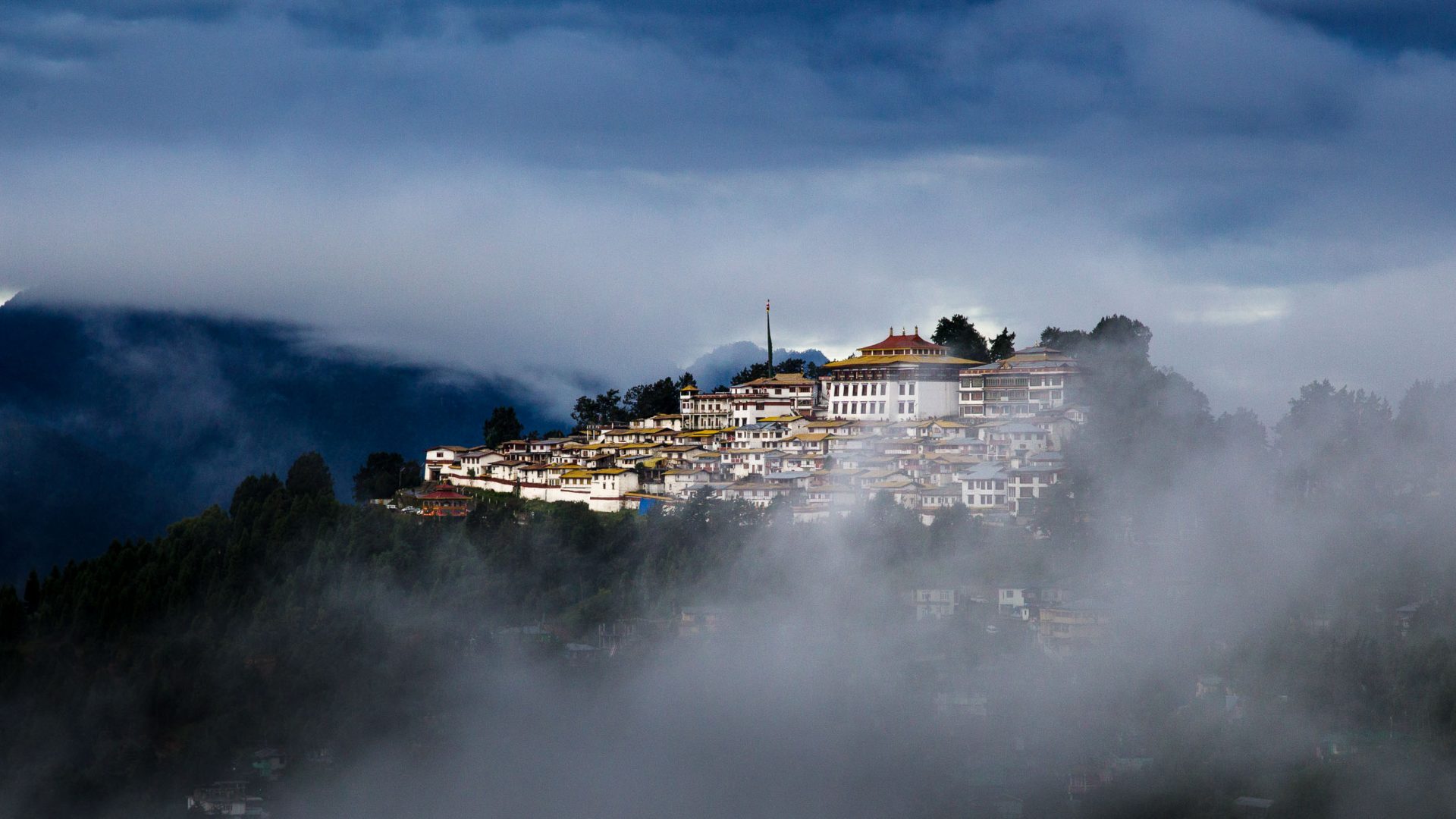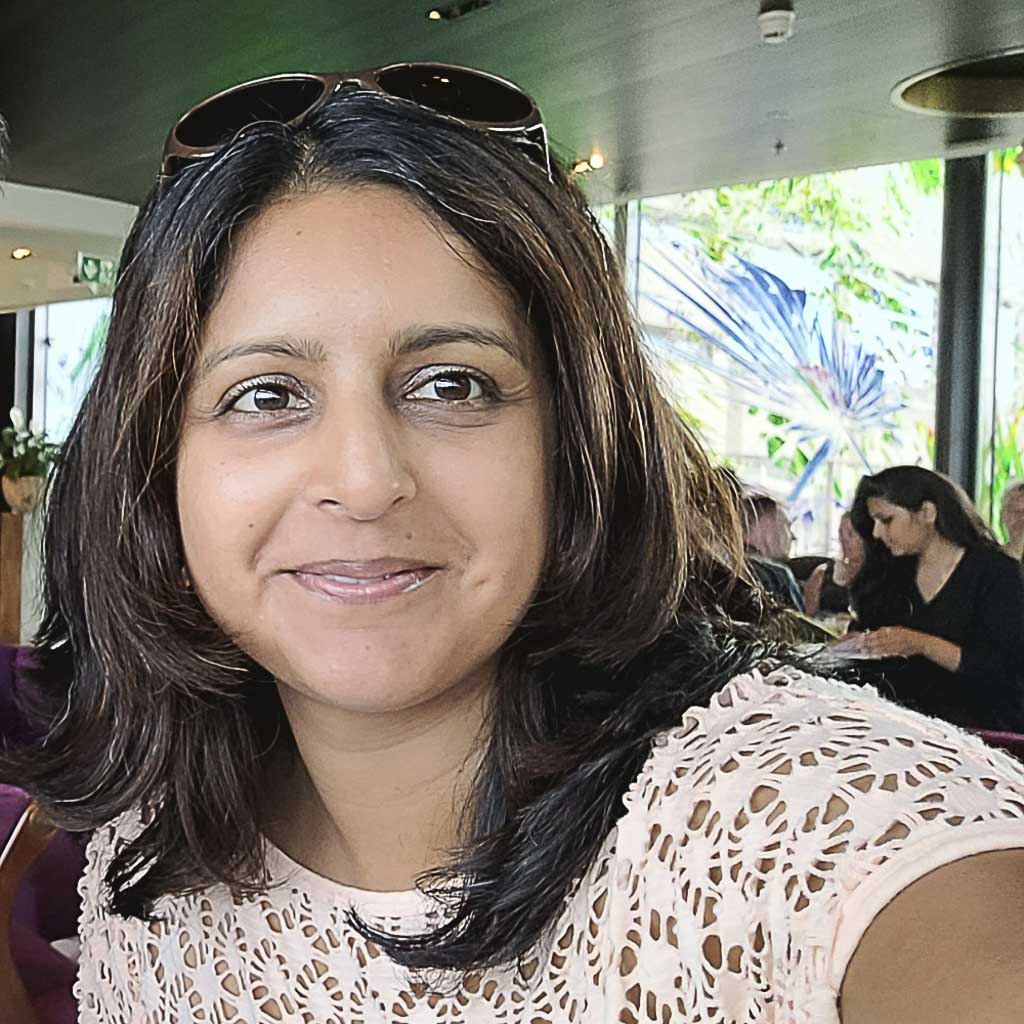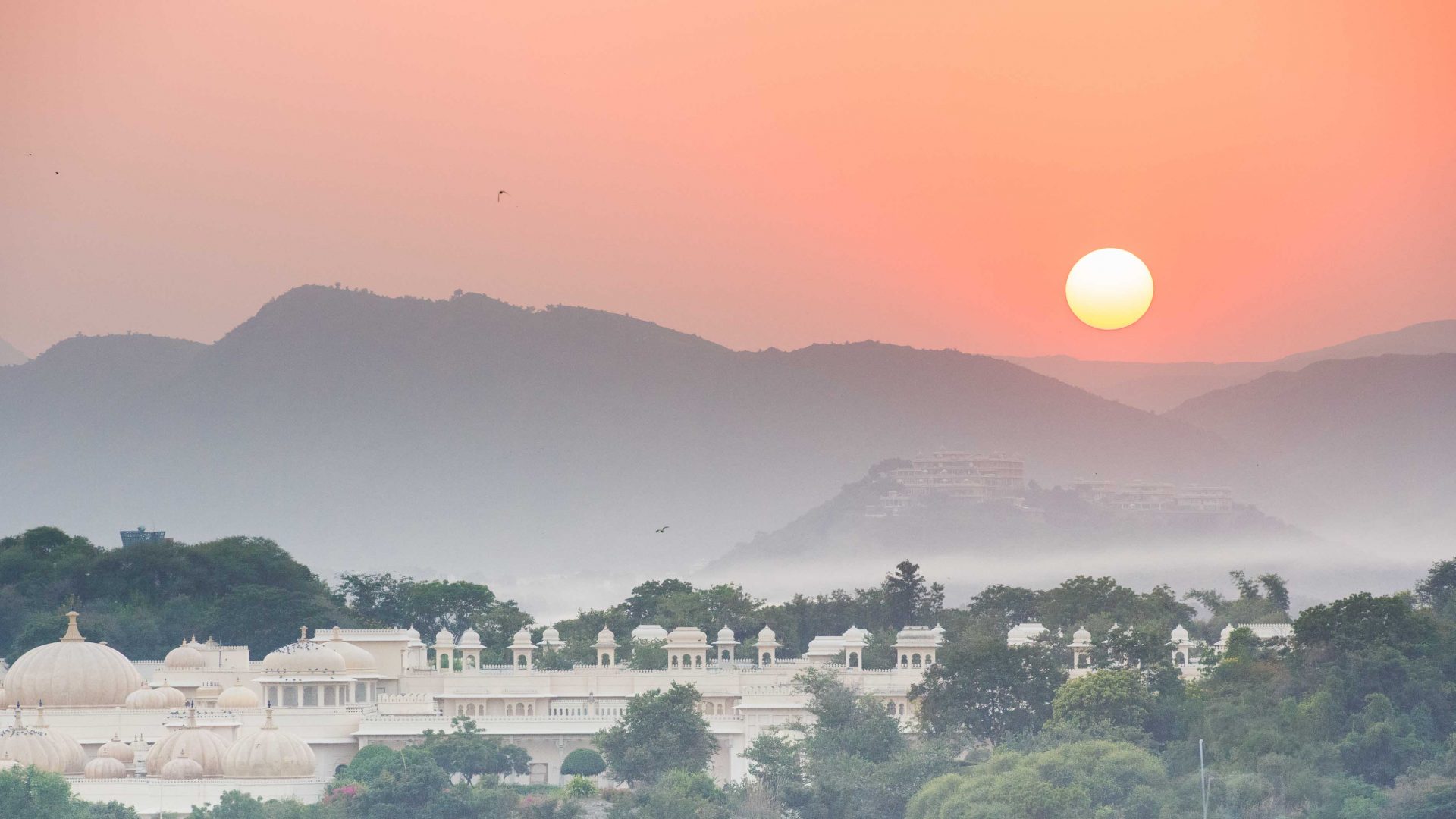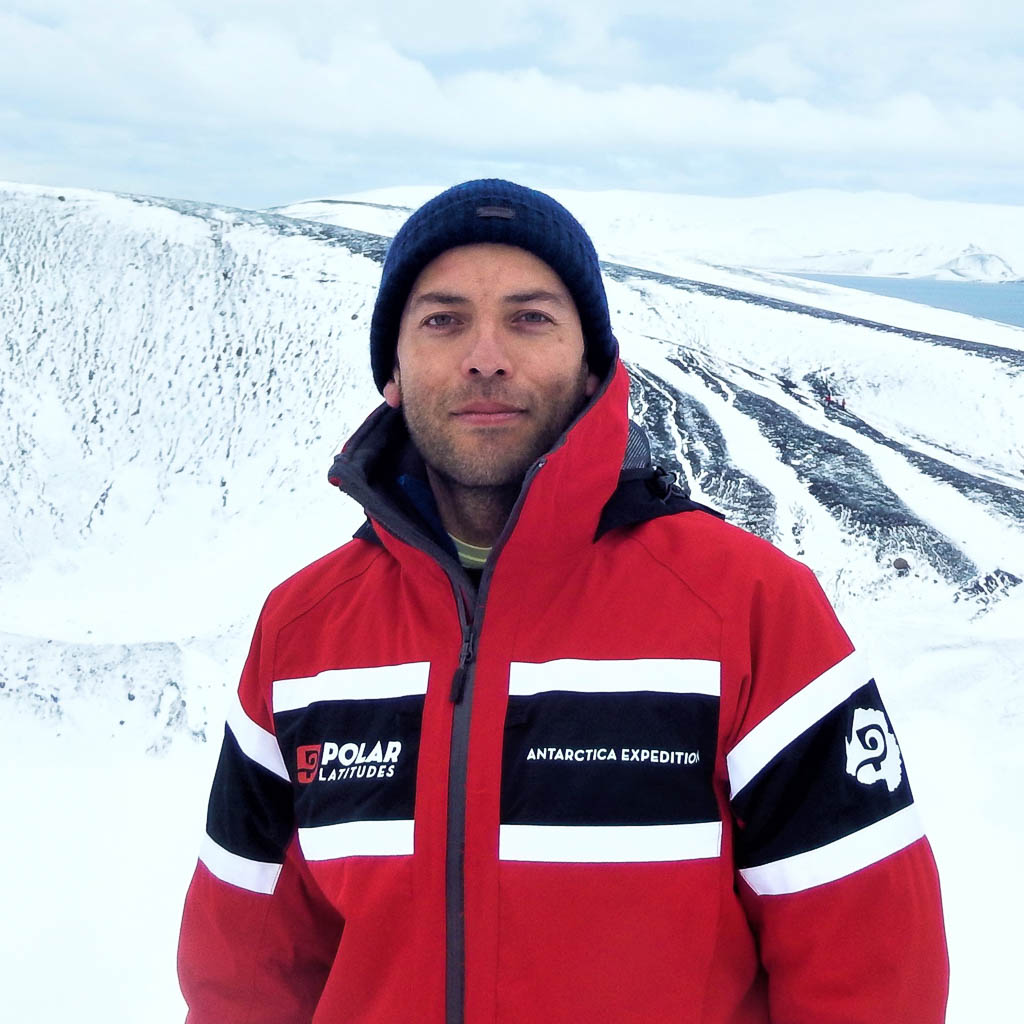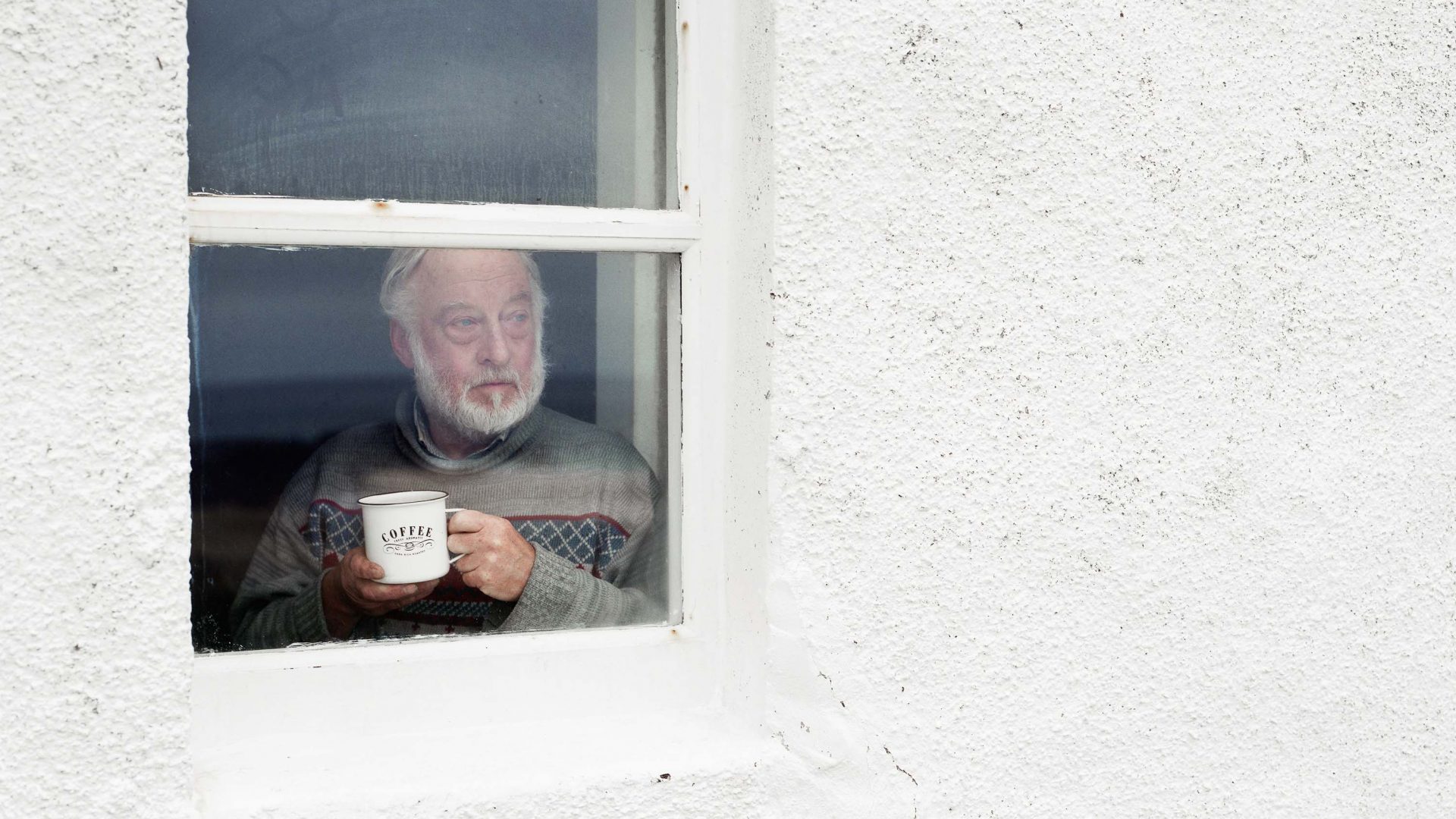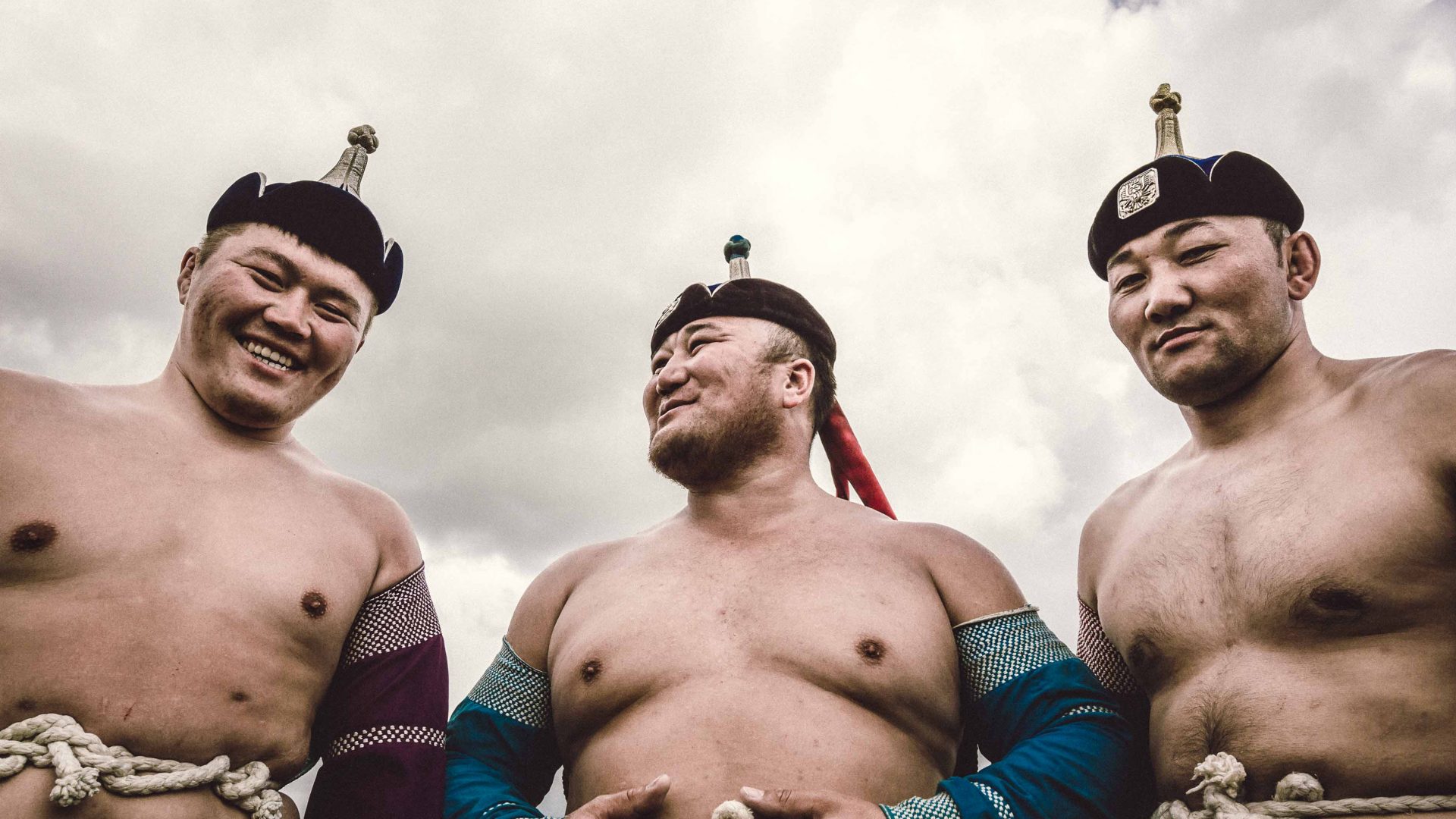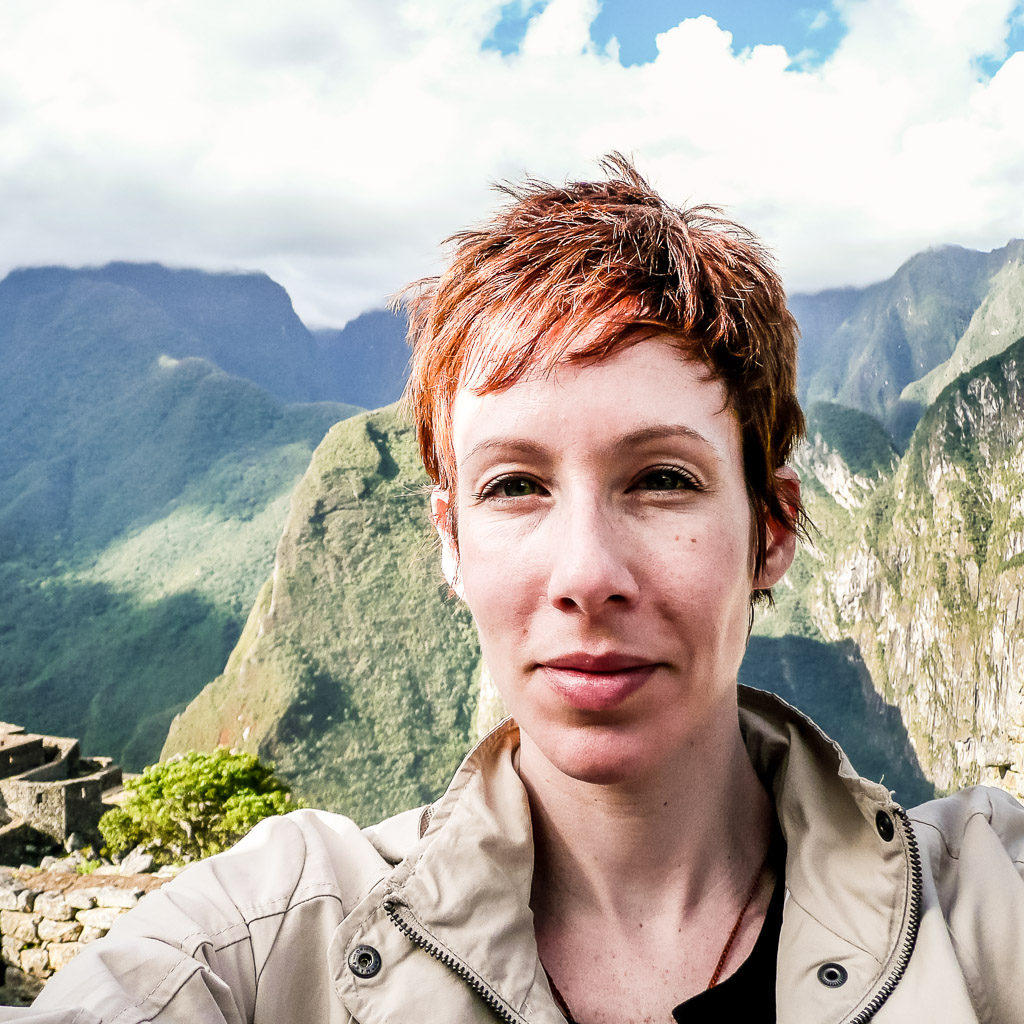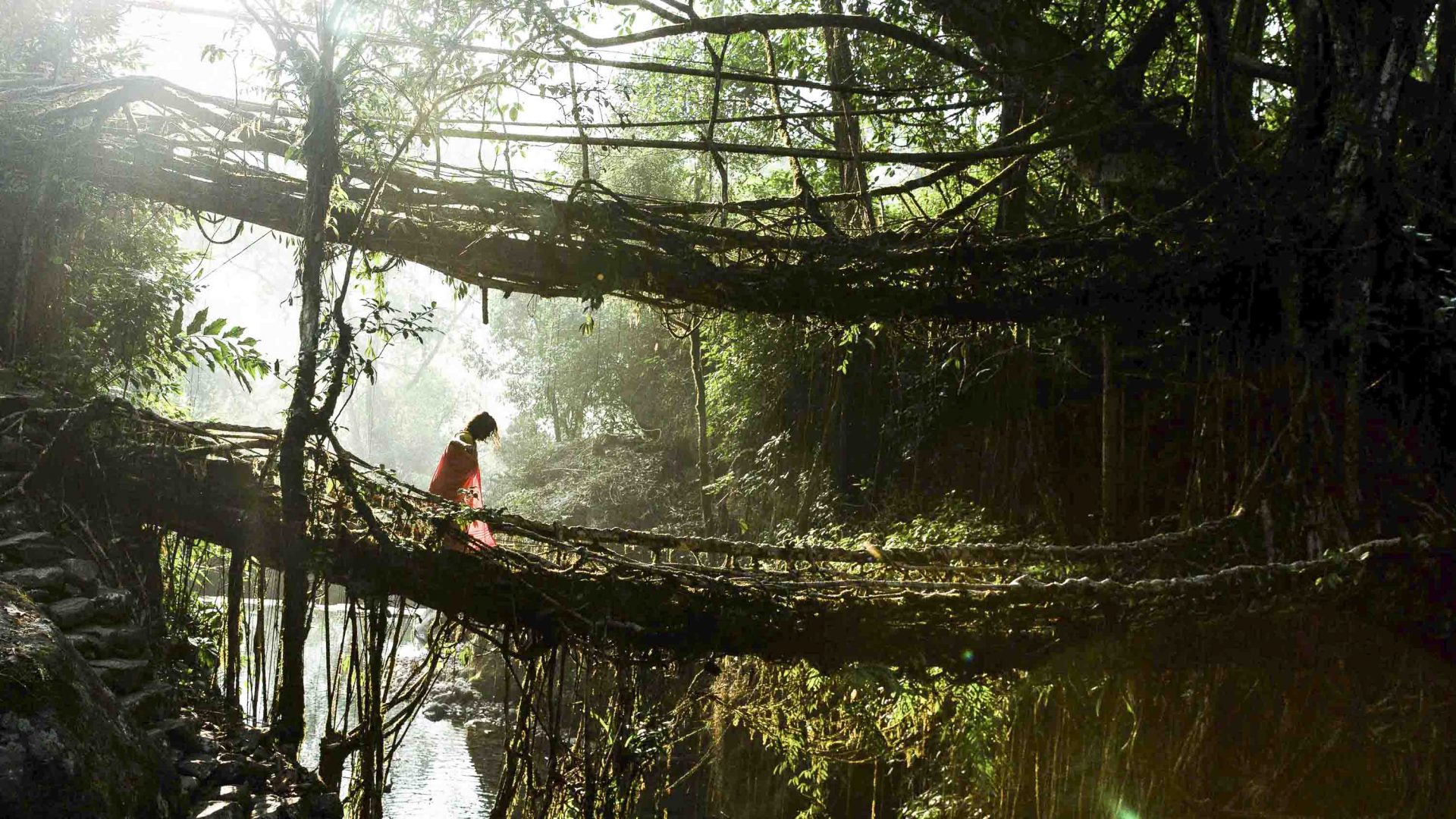
Editor’s note: This article was published before the coronavirus pandemic, and may not reflect the current situation on the ground.
For photographer Annapurna Mellor, five weeks navigating India’s northeast, from Assam to Kolkata, provided ample time to produce a photographic ode to this stunning, rarely-visited region.
I’m staring at the giant map of India which hangs above my desk. I’ve been three times before, and I want to go again. But where? I know very little about the northeast, aside from tea—Darjeeling and Assam are staples in every British cupboard. I make a mark on my map. And with that, the fate of my fourth trip is sealed.
It takes me four flights to get to Gauhati, the capital of Assam and the gateway to the region. I’m on assignment with the Indian tourism board for my first week. They pile me and a group of camera-clad journalists into a couple of jeeps and we leave Assam’s dusty capital to head north, into the wild state of Arunachal Pradesh. Our destination is Tawang, a mountain town claimed by both India and China, on the border between Tibet and Bhutan.
